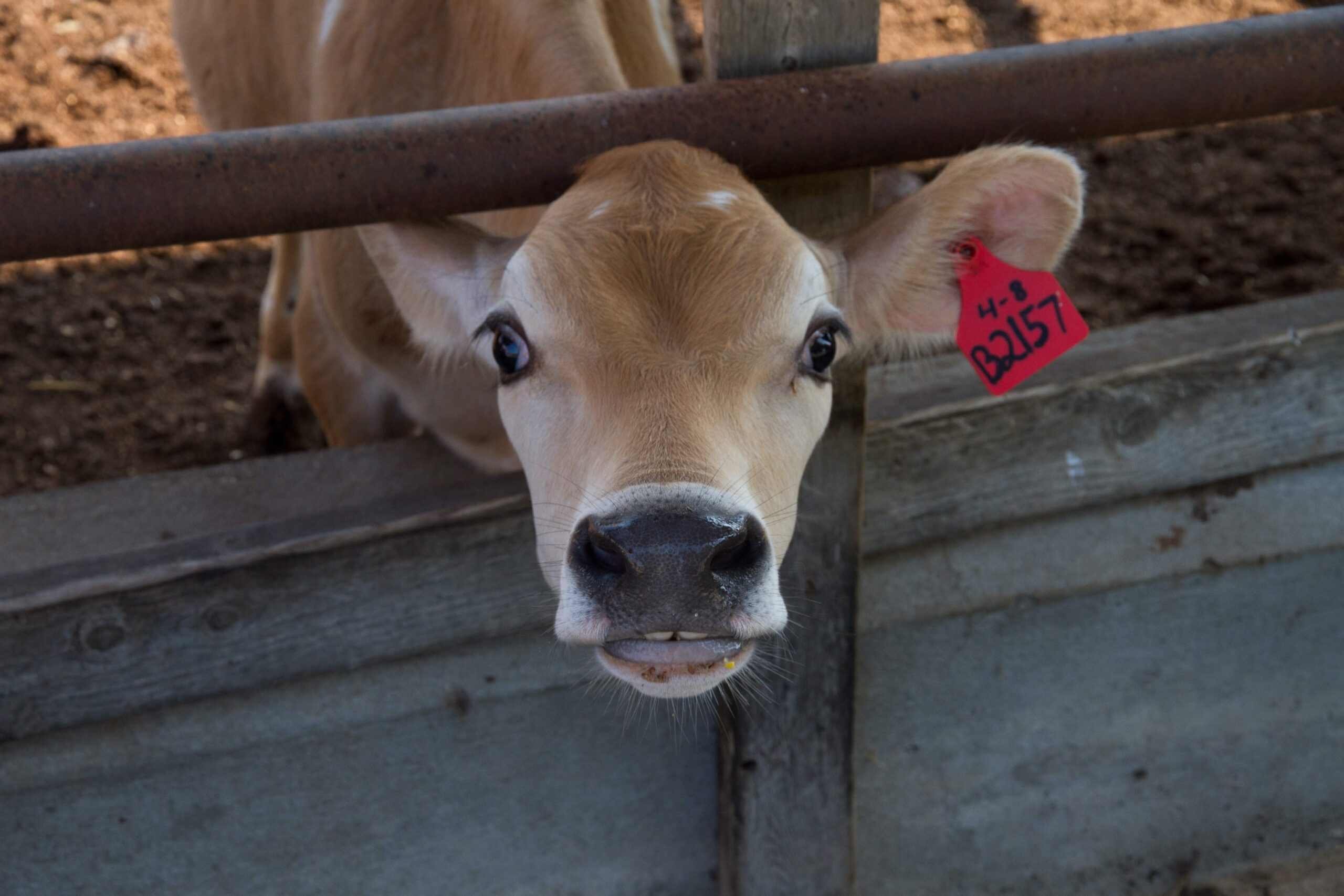Included in the biannual Cattle report is the number of milk cows that have calved in the U.S. and by most individual states. The number milk cows that have calved are holding steady at the national level but individual states in the Southeast show variations in inventory (Table 1). Florida is the only state that shows an increase in milk cows that have calved, while Arkansas, Louisiana, and South Carolina had double digit percentage losses. The thirteen Southeastern states account for 11.33 percent of the milk cows that have calved in the U.S. Texas has the largest number of milk cows in the Southeast and has the fourth highest milk cow inventory in the U.S.
| Table 1. | 2023 | 2024 | Percent of |
| (1,000 head) | (1,000 head) | previous year | |
| Texas | 650 | 635 | 98 |
| Florida | 92 | 98 | 107 |
| Georgia | 92 | 91 | 99 |
| Virginia | 67 | 66 | 99 |
| Kentucky | 45 | 43 | 96 |
| North Carolina | 39 | 38 | 97 |
| Oklahoma | 39 | 38 | 97 |
| Tennessee | 26 | 25 | 96 |
| South Carolina | 9 | 8 | 89 |
| Louisiana | 8 | 7 | 88 |
| Mississippi | 6 | 6 | 100 |
| Arkansas | 4 | 3 | 75 |
| Alabama | 2 | 2 | 100 |
| U.S. | 9,397.50 | 9,356.80 | 100 |
In addition to inventories, milk production per cow is a crucial factor for the dairy industry. Using the 2023 annual production estimates from USDA Quick Stats database, Texas is the only Southeastern state that has a per cow milk production average that is higher than the U. S. average of 24,117 pounds of milk per head, as seen in table 2.
| Table 2. | |
| Annual Milk Production | |
| Pounds/Head | |
| TEXAS | 25,802 |
| NORTH CAROLINA | 23,526 |
| GEORGIA | 22,275 |
| VIRGINIA | 20,882 |
| KENTUCKY | 20,333 |
| FLORIDA | 20,313 |
| TENNESSEE | 18,680 |
| SOUTH CAROLINA | 18,500 |
| OKLAHOMA | 17,692 |
| ALABAMA | 14,000 |
| LOUISIANA | 12,625 |
| MISSISSIPPI | 12,333 |
| ARKANSAS | 11,000 |
| U.S. Average | 24,117 |
Milk production in the U.S. is increasing over the long term but, it’s coming from regions other than the Southeast. For more than a year, dairy producers have suffered from disastrously low milk prices and low returns. The result of low milk prices has been declining dairy cow numbers, milk production per cow falling below year before levels, and reduced total milk production in some months reversing the long term trend of increasing milk production.
Runge, Max . “Milk Cows in the Southeast.” Southern Ag Today 4(17.2). April 23, 2024. Permalink

